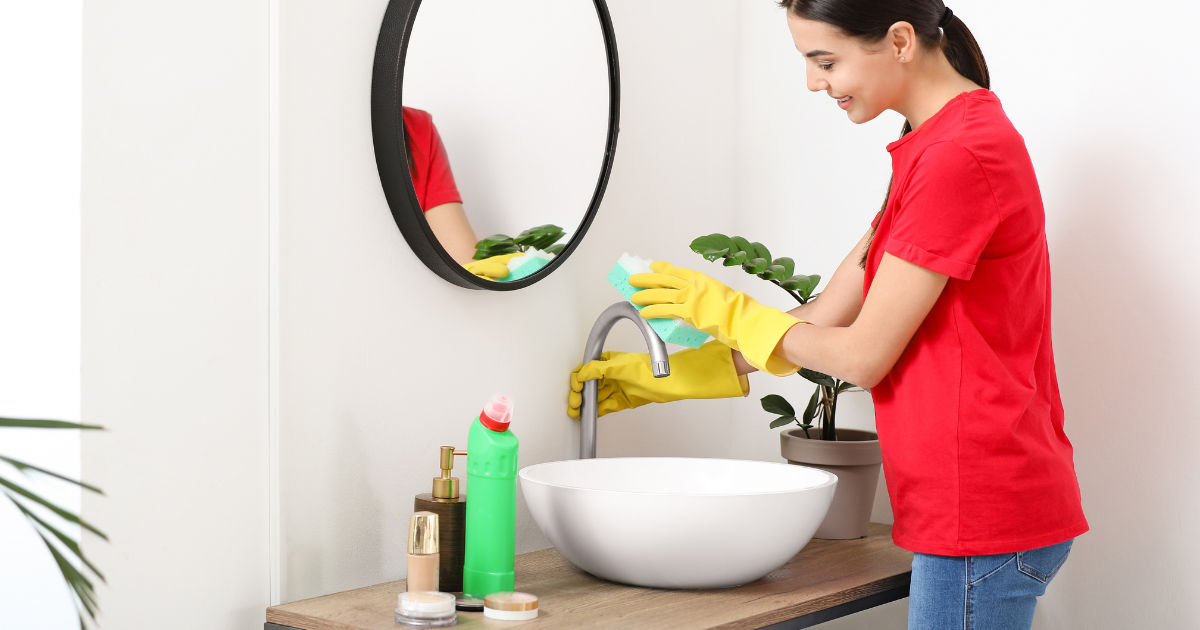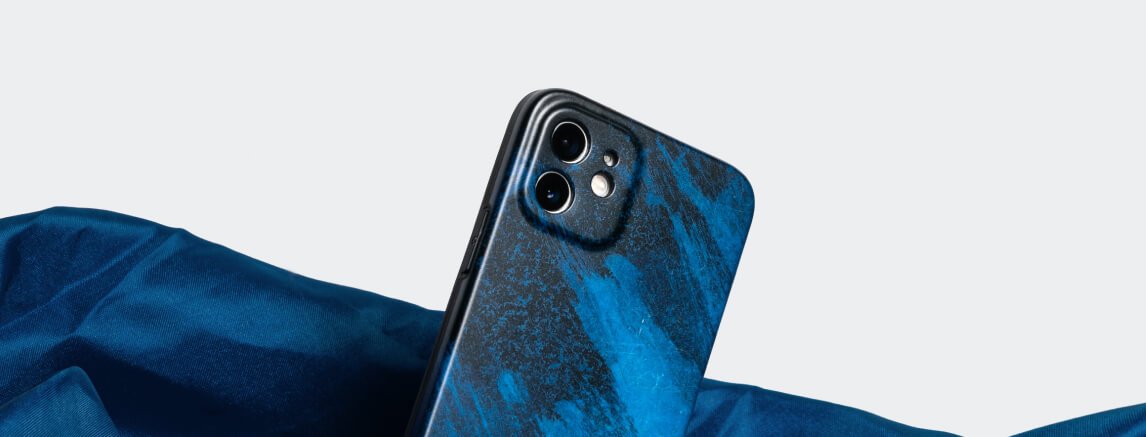How to Clean Hair out of Bathroom Sink Drains

In this article I will show you how to clean hair out of bathroom sink drains. Regardless of how hard you try to avoid it, some of your hair will eventually clog your bathroom and sink drains. If your drains are clogged to the extent that your bathroom gets flooded, it is a good idea to call a professional immediately. However, if the clogs are small, and if the water has just started to collect around the drains, you can try some of the home-based methods that we have explained here.
Using baking soda and vinegar
What do you need?
- Baking soda – 1 cup
- Vinegar – 1 cup
- Dish Soap – A very small quantity
- Cup or plunger – 1 (to hold the contents of the drain)
- Boiling water -2 quarts
- Salt (optional) – ½ cup
Process
- Squirt a small quantity of dish soap into the drains as the first step.
- Pour one cup of baking soda directly into the clogged drains.
- After this, pour one cup of white vinegar into the drains.
- Baking soda and white vinegar are very good in unclogging drains, as they help in dissolving the hair down the drains and fighting bad odor as well.
- As soon as you pour vinegar, you will hear the fizzing sound, as the acidic properties of vinegar start to react with baking soda.
- You will continue to hear this sound for about 5 to 10 minutes. When the sound stops, pour 2 quarts of boiling water down the drain to remove the clogs.
- Flush the drains properly before you turn on the faucet.
- Mostly, the hair would have dissolved by now, and the water would drain perfectly by now. If you still notice some clogs, you can repeat the above steps to get rid of all the clogs thoroughly.
- Though most of the hair would be dissolved, it is a good idea to use a cup or flat plunger on the drains, so that you can collect any hair that is remaining into this.
- Sometimes, bathroom and sink drains may get too clogged when hair and other debris are not taken out at the time of blockage. All of these can lead to drains becoming smelly and water getting accumulated due to poor drainage systems. In this case, you can pour one cup of baking soda and half a cup of salt down the drain, and let it remain there overnight.
- Flush the drain the next day using boiling water to get rid of all clogs in the drains.
Using tweezers
What do you need?
- Screwdriver – 1
- Tweezers or Needle-Nose Pliers – 1
- Flashlight – 1 (for a better view)
- Gloves – a pair
- Hot Water
Process
- Thin hair strands may be difficult to get rid of, especially when using thick plungers. This is where tweezers or needle nose pliers can be of great help. Here is how you can use them to manually remove hair clogging the drains.
- Remove the drain stopper (if you have one). Some stoppers can be easily removed by hand, while some may need a screwdriver to open up.
- Now that you have good access to the drains, use a flashlight to have a closer look at the blockage.
- Wear proper rubber gloves, and pull out the hair, debris and other particles clogging the drains, using tweezers or needle-nose pliers. Yes, this is not a pleasant process. So, you should wear protective gloves and a mask (to protect yourself against the bad odor of the hair and debris).
- Flush the drain with boiling water, and you will notice that water drains quickly after this process.
Using a drain snake
What do you need?
- Drain snaking device – shape and type depend on the intensity of the clogs
- Baking soda and vinegar (optional)
- Hot Water
Process
- You will find many drain snakes in the markets today. These are extremely effective to get rid of clogged drains, and the best part is that they are affordable as well.
- Use a drain snake, or a straightened wire hanger to get rid of clogs that cannot be pulled out easily with tweezers.
- Use the snaking device to neatly scrape out the hair and other debris from the drain walls to unclog them thoroughly.
- After you have pulled out hair using these drain snakes, you can repeat the baking soda and vinegar method to remove all clogs from the drains and prevent bad odor from arising from them.
Using the Cup Plunger method
One of the best ways to get rid of hair in the bathroom and sink drains is using your hand the cup plunger method.
What do you need?
- Cup Plunger
- Gloves (optional)
- Tweezers (optional)
Process
- Switch on the faucet.
- Place the cup plunger over the drains.
- Close the drain properly and ensure that the plunger is submerged into the drain thoroughly.
- Using the plunger, plunge the drain with a lot of pressure. This pressure will help to loosen the clogs inside the drains.
- Switch off the water supply.
- Check for the clogs in the drains, and use gloves and tweezers (if needed) to pull out the debris.
- Flush with hot water.
Removing the drain completely to check for clogs
What do you need?
- Rubber Gloves – a pair
- Bucket – 1
- Plug Wrench – 1
Process
- Here is a disclaimer – if you haven’t done any DIY plumbing jobs before, we suggest you call a professional for this task.
- The P-Trap is where you can see if your drains are clogged or not. This part is easy to identify as it is a P-shaped pipe that is right underneath the sink.
- Open the P-Trap, but remember to keep a bucket underneath the sink before you open the pipe. Some water may get spilled, and a bucket will help to avoid the mess.
- Use a plug wrench to get the drain out of its location.
- Wear a pair of high-quality rubber gloves for doing this job, as taking out the hair and other debris from the drain pipes will not be a task that you would want to do with your bare hands.
Additional Tips and Advice
- It is a good idea to install drain guards in your bathroom and sink drains. This way, hair will get trapped in these guards, and they will not lead to clogging of the drains.
- Removing hair strands as soon as you notice from shower and sink drains is a must. When they remain near the drains for a long time, these hair strands get wet and sticky, and they can clog the drains easily.
- Always wear rubber gloves when cleaning the drains manually. This will prevent your skin from germs and unsanitary substances inside the drains.
Related Posts:
How to Clean Flooded Bathroom
How to Clean Bathroom Floors
How to Clean a Bathroom Sink Drain that Smells
how to get rid of sticky floors after mopping
How to Remove Rust Stains from Toilets
